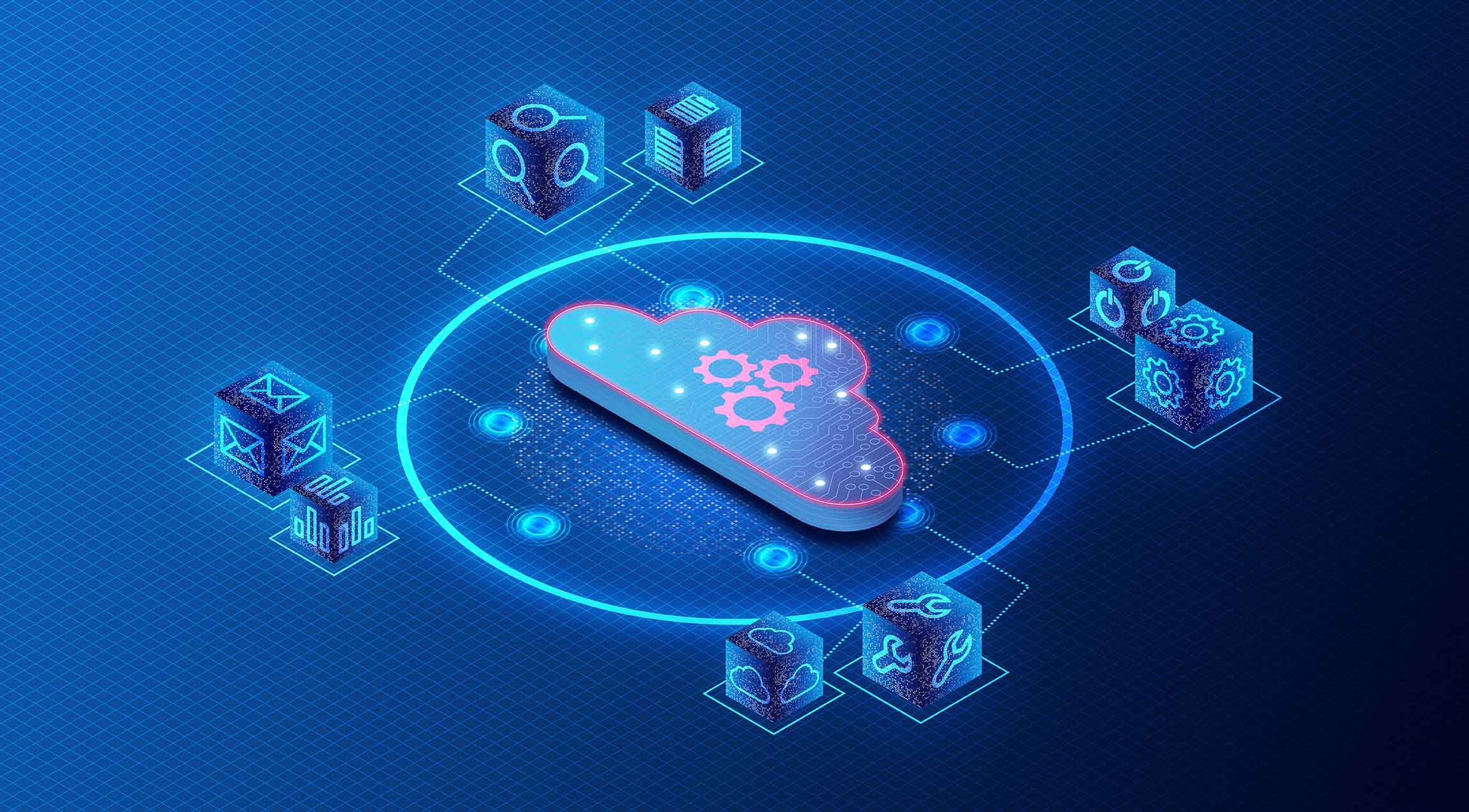Unifying Development Environments with .devcontainer Standard
In the world of software development, consistency and reproducibility are key factors in ensuring smooth collaboration and efficient workflows. The .devcontainer standard has emerged as a game-changer, offering a standardized approach to configuring development environments across various platforms and tools. Let's dive into the benefits and implications of this powerful standard.
Standardization and IDE Support
The .devcontainer standard provides a unified way to define and configure development environments, irrespective of the operating system or IDE being used. This standardization eliminates the need for developers to spend countless hours setting up their environments, as the configuration can be easily shared and replicated. Major IDEs, such as Visual Studio Code, IntelliJ IDEA, and Eclipse, have embraced this standard, making it even more accessible and convenient for developers.
Cross-Platform Compatibility and Customization
One of the significant advantages of the .devcontainer standard is its cross-platform compatibility. Whether you're working on Windows, macOS, or Linux, the same configuration can be used, ensuring a consistent development experience across different operating systems. Additionally, the standard allows for extensive customization, enabling developers to tailor their environments to their specific needs and preferences. From installing dependencies to configuring tools and extensions, the possibilities are endless.
Standardizing Large Development Stacks
When it comes to large-scale projects involving multiple developers and teams, the .devcontainer standard truly shines. By defining a standardized development environment, organizations can ensure that all developers are working with the same tools, versions, and configurations. This eliminates the "it works on my machine" problem and reduces compatibility issues that often arise due to differences in development setups. With a unified environment, collaboration becomes seamless, and onboarding new team members becomes a breeze.
Remote Development and CI/CD Integration
The .devcontainer standard opens up exciting possibilities for remote development. Developers can work on projects from anywhere, using any device, by connecting to a remote development environment that adheres to the standard. This flexibility enables teams to collaborate effectively, regardless of their physical location. Moreover, the standard integrates seamlessly with continuous integration and continuous deployment (CI/CD) pipelines. By defining the development environment as code, it becomes easy to replicate the same environment in CI/CD systems, ensuring consistent builds and deployments.
Fast Onboarding and Reduced Compatibility Issues
Onboarding new developers to a project can be a time-consuming and frustrating process, especially when dealing with complex development stacks. However, with the .devcontainer standard, onboarding becomes a breeze. New team members can quickly set up their development environment by simply cloning the repository and running the provided configuration. This drastically reduces the time spent on environment setup and allows developers to start contributing to the project much faster. Additionally, by minimizing platform compatibility issues, the standard ensures that developers can focus on writing code rather than troubleshooting environment-related problems.
Conclusion
The .devcontainer standard is revolutionizing the way we approach development environments. By providing a standardized and cross-platform solution, it simplifies the process of setting up and maintaining consistent development environments across teams and projects. With support from popular IDEs and the ability to customize environments to suit specific needs, the standard offers a powerful tool for enhancing productivity and collaboration. As remote development and CI/CD practices continue to gain traction, the .devcontainer standard will undoubtedly play a crucial role in streamlining and unifying the software development lifecycle.








